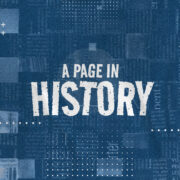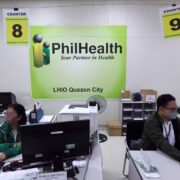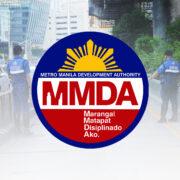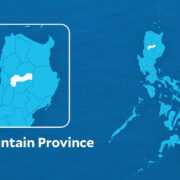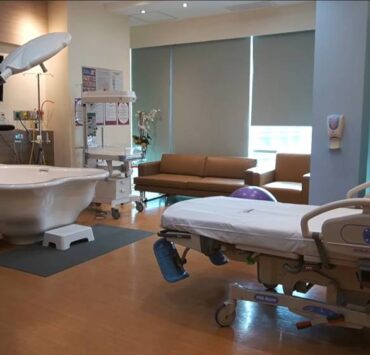What it’s like to give birth at Asian Hospital
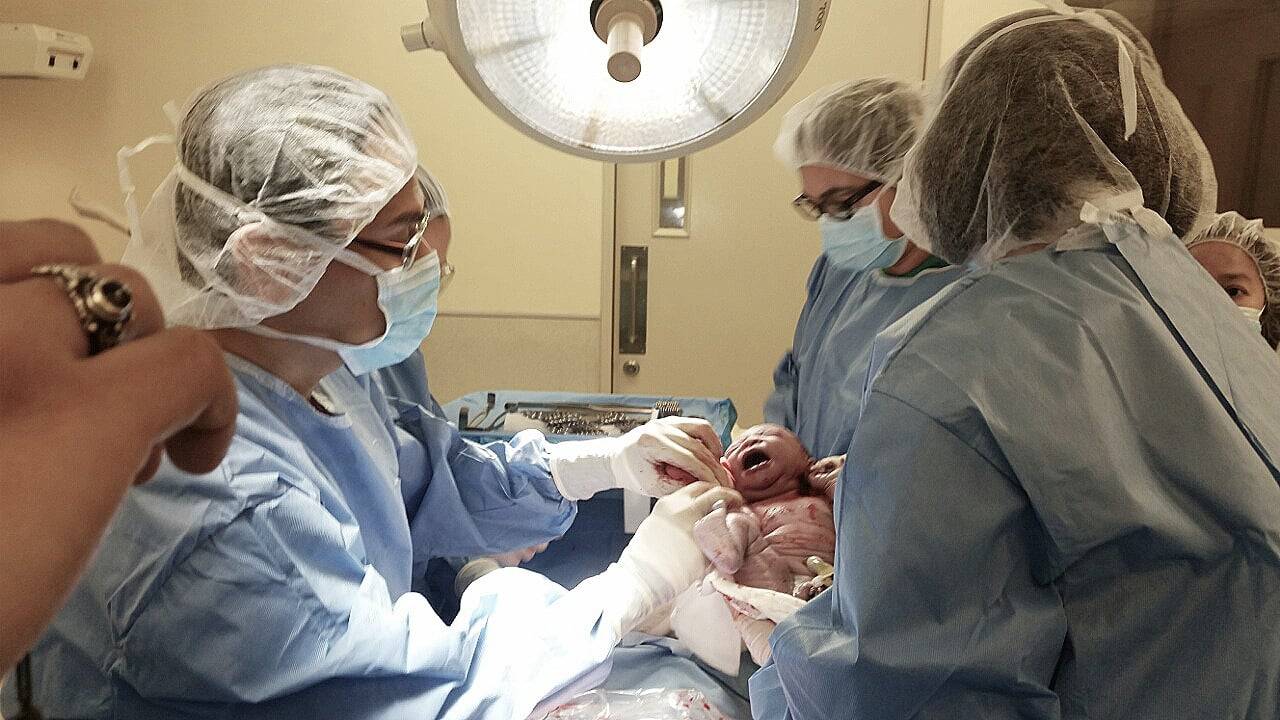
Giving birth through cesarean section at the Genesis Center of Asian Hospital felt like a blur. I’ve forgotten a lot of moments, but there are things that are indelibly inked in my mind, like how my doctors declared “baby out” and I heard my daughter’s first cry; how she was handed to me all cleaned, swaddled, and ready for “Unang Yakap,” which was done under the guise of taking precious pictures; and how she was guided by the nurse to make her first latch.
Among all the perks that Asian Hospital offered, the breastfeeding support is what I was thankful for the most. When I was clueless about what to do, the hospital followed protocols that set me on my breastfeeding journey.
After stitching my abdomen closed, I was wheeled out of the operating room and into the post-anesthesia care unit, where we stayed for a couple of hours so I could be observed. My memory is a bit hazy about this, but I remember nurses coming in and out, monitoring me and my baby, and helping her latch on to me.
We had a short parade from the recovery room to our bedroom. What a sight we made: me on a hospital bed, my daughter in a bassinet flanked by my husband, and an army of nurses behind us.
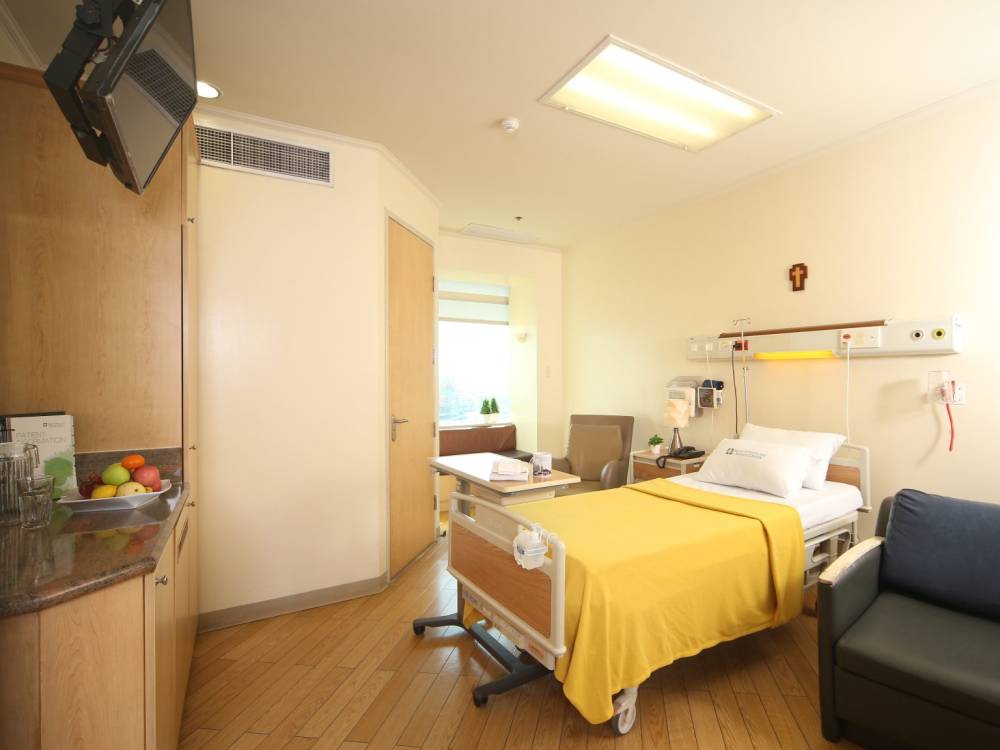
“Never let our child out of your sight,” I muttered to my husband dramatically, still groggy from anesthesia. I knew I had watched one too many teleseryes growing up, including that classic plot twist where an uncle swaps newborns in the hospital to give his own kin a shot at a better life. I guess I saw a chance to finally say that line, and I took it.
In reality, it was an uneventful four-day stay at the hospital. We had an extended stay because my pregnancy was considered high risk. Our baby roomed with us, and a nurse would often come in and take her out of the bassinet to place her by my side, telling me the importance of skin-to-skin. We were always beside her, even during routine procedures like newborn screenings and immunizations.
Midwife
During my entire stay, a midwife would come in every day to give our baby a bath, which also served as a time to teach first-time parents like us how to do it properly. They showed us a spot where we could stay so our baby could get the much-needed morning sun for her source of vitamin D—practical tips to help us care for her outside the cocoon created by professionals.
It was not automatically provided, but we had access to a lactation midwife to check on our child’s latch. We requested her every day and this was free of charge. Through her, I learned valuable lessons on how to feed my child properly. She was a practical woman who wasn’t averse to using tools to make the journey easier. She told me I could try getting a nipple shield if I couldn’t bear the initial pain (again, this was important advice that helped me continue the journey).
On our last day, I was provided a celebratory steak menu. The portion was generous, so I was able to share it with my husband. They still provide this until today.
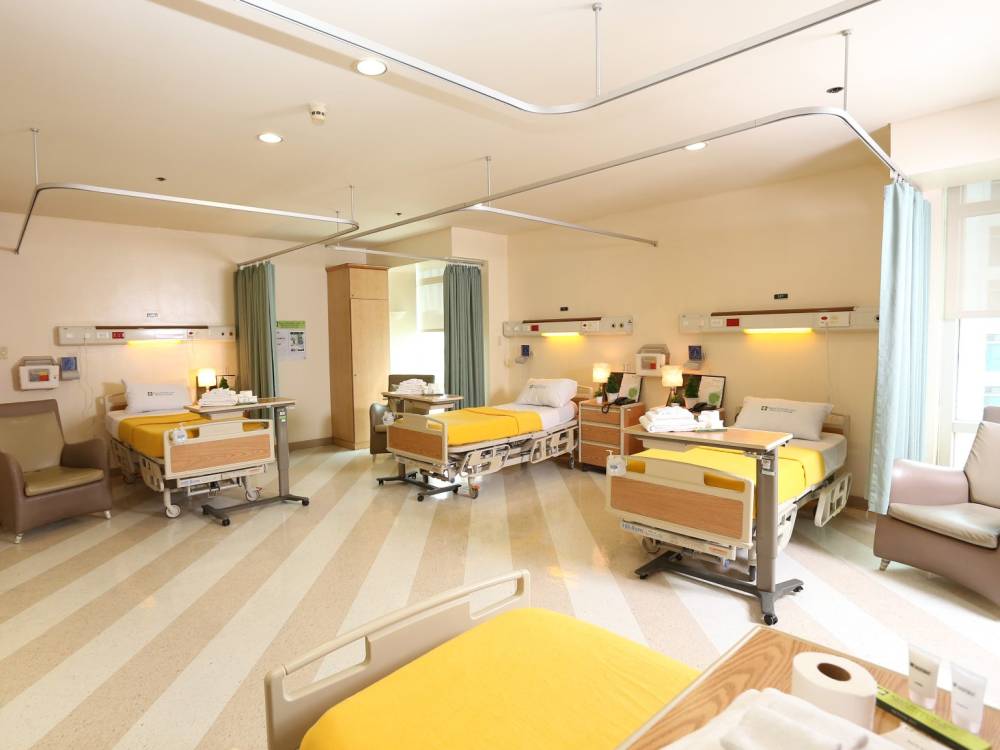
A recent phone call to their guest services told us that they also provide a maternity bag for all new moms. However, it’s currently out of stock. But I was told that it could be claimed even after discharge, as soon as it becomes available. Inside the bag are wipes, detergent to wash baby clothes, and malunggay supplements for the mom. The baby book is always available.
Asian Hospital’s maternity packages for uncomplicated vaginal delivery start at P160,500 for a private room, inclusive of professional fees. If professional fees are excluded, the package starts at P56,000. For those opting for a four-bed ward, the package is priced at P99,000, inclusive of doctors’ fees.
For caesarian delivery, packages start at P226,850 for a private room, inclusive of professional fees, or P77,350 if professional fees are excluded. A four-bed ward option is also available at P150,000, inclusive of doctors’ fees.
The rates are inclusive of board and accommodation for two days, stay at the Genesis Center for waiting, delivery, and observation, and the newborn screening.

